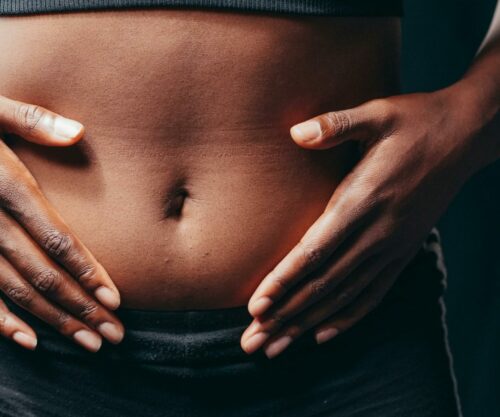
Pica is a condition where a person compulsively swallows non-food items such as paint chips, dirt, paper, laundry starch, coffee grounds, eggshells or hair. It is usually temporal and common in pregnant women and children and with certain conditions.
While it’s often harmless, swallowing some items can make pica disorder very hazardous. This happens when a person eats something toxic or dangerous. Pica disorder is also likely for those living with an autism spectrum disorder. People with pica disorder compulsively eat items that have no nutritional value. Fortunately, pica is treatable with therapy and a change of lifestyle and circumstances.
According to Cleveland Clinic, pica can happen to anyone at any age but tends to happen in three specific groups of people, young children, especially those under the age of six, people who are pregnant, people with certain mental health conditions (especially autism spectrum disorder), intellectual disabilities or schizophrenia.
Cleveland Clinic lists the following as causes of pica, nutritional deficiencies, negative conditions during childhood, anxiety or stress, mental health conditions, and cultural or learned behaviours.
Pica can cause the following conditions, anaemia (low iron), small and large intestine blockage, it could lead to poison, constipation, electrolyte imbalance, ascariasis, and irregular heart rhythms.
The main form of treatment for pica is therapy, with different therapy methods available depending on the situation and individual needs. The following therapy methods are beneficial for those suffering from this disorder;
- Mild aversive therapy. This method involves teaching people to avoid Pica behaviours using mild aversions (consequences) to teach people to avoid non-food items and positively reinforcing (rewarding) healthy eating behaviours.
- Behavioural therapy. This therapy method involves teaching a person coping mechanisms and strategies to help them change their behaviour.
- Differential reinforcement. In this method, people learn to avoid Pica behaviours by focusing on other behaviours and activities.
On those who are pregnant usually goes away on its own. Children also usually grow out of pica, especially as someone teaches them the difference between edible and non-edible items and objects.
Also see: How to overcome eating disorders.




